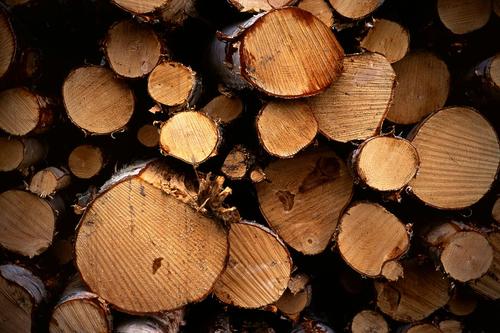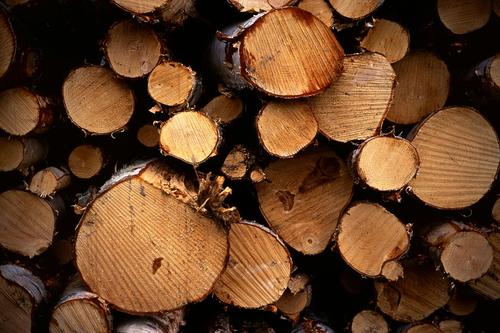Cellulose Could Replace Short Glass Fibers in Composites
October 15, 2012

Wood and pulp giant Weyerhaeuser says it has figured out how to make a thermoplastic composite using engineered cellulose fiber from trees, instead of the short glass fibers usually used for reinforcement. Applications for the material include automotive parts and industrial components.
The composite, called THRIVE, is targeted at low-load applications such as office furniture, consumer appliances, kitchenware, and household goods, in addition to car parts. According to the company, compared to composites made with short glass fibers, or natural fibers like sisal, hemp, and kenaf, the new material has several advantages.

Injection-molding cycle times are up to 40 percent shorter than composites made with glass fibers, since the new material requires shorter pack-and-hold and cooling times. Mass is also reduced, since cellulose fiber is 40 percent less dense. Finished parts are up to 8 percent lighter. Short glass fibers are highly abrasive and hard on processing equipment, so cellulose fiber composites can reduce wear and tear. The composite's mechanical properties are similar, including tensile strength and flexural strength.
Several different composites have been made with natural fibers, including coconut fibers instead of traditional ceramic fibers in biocomposite tiles. The natural fibers improve the composite's strength and stiffness, and reduce their weight. Compared to an engineered material such as THRIVE, composites made with natural fibers can vary in quality from one batch to another. They also don't readily absorb dyes. In contrast, the new material easily absorbs dyes and demonstrates consistent performance characteristics between batches.
"THRIVE products offer excellent flowability and thin-section fill, providing manufacturers with considerable design flexibility," says Don Atkinson, Vice President, Marketing and New Products for Weyerhaeuser's Cellulose Fibers business, in a press release. He goes on to say:
In addition, THRIVE composites are produced using a proprietary process that allows control of the dispersion of cellulose fibers within the polymer matrix. This allows for a smooth surface finish, which opens up new opportunities for the use of natural fibers in composite plastics. Conversely, if manufacturers prefer the fibers to be visible, they have that option as well."
The cellulose fiber is sourced partly from some of Weyerhaeuser's 20 million acres of forestland, which the company manages to third-party sustainability standards. Weyerhaeuser expects to produce the composite using its pulp manufacturing facilities. The material is provided as cellulose blended with polypropylene, with both high and low melt flow indices. It is available in both ready-to-mold thermoplastic pellets for molders, and in a masterbatch form for custom compounders.
The ratio of cellulose fiber to polymer in the composite can be changed to modify product strength and flexibility. From 10 percent to 40 percent, THRIVE cellulose fibers can be pre-blended with 60 percent to 90 percent of either virgin or pre-consumer recycled polypropylene. (Pre-consumer recycled is after manufacture but without consumer use, such as manufacturing waste byproducts.) The fibers can also be blended with ABS, PVC, low-density polyethylene (LDPE), high-density polyethylene (HDPE), or PLA and other biopolymers. Weyerhaeuser says it plans to expand the THRIVE line of products beyond polypropylene to include hydrocarbon and nonhydrocarbon polymers.
Related posts:
About the Author(s)
You May Also Like



